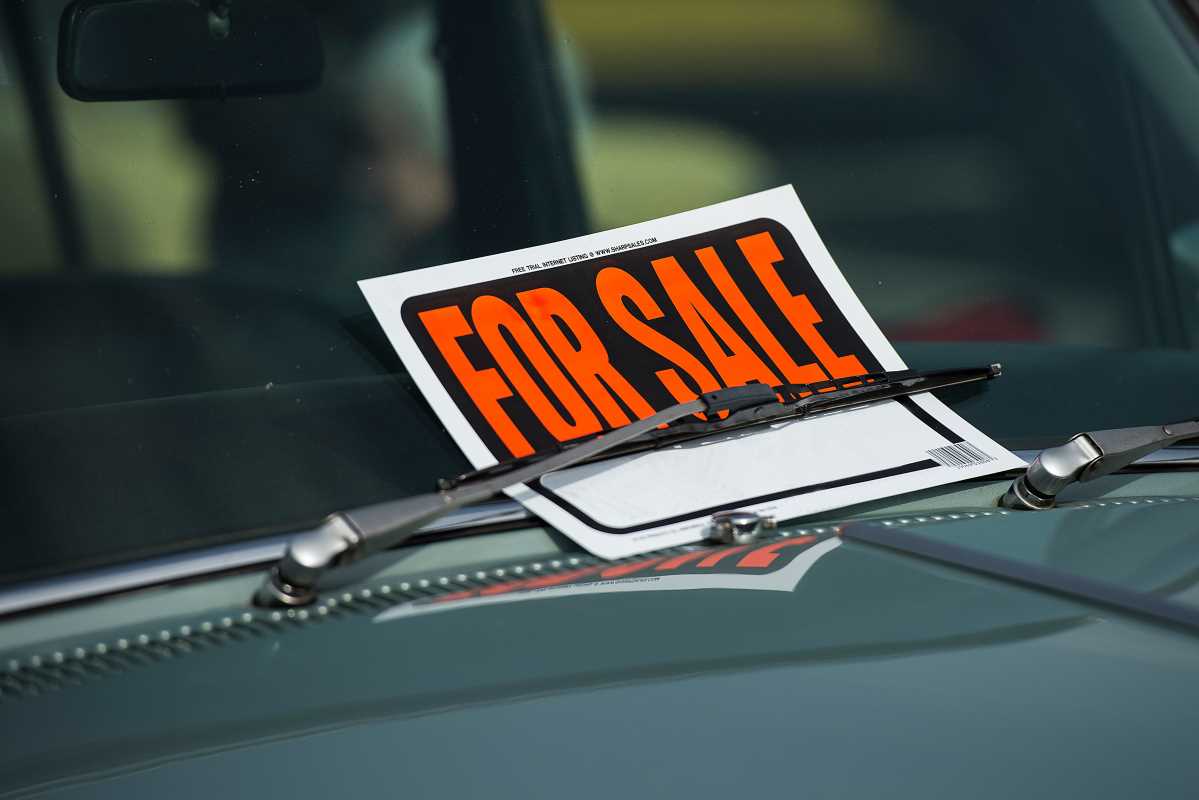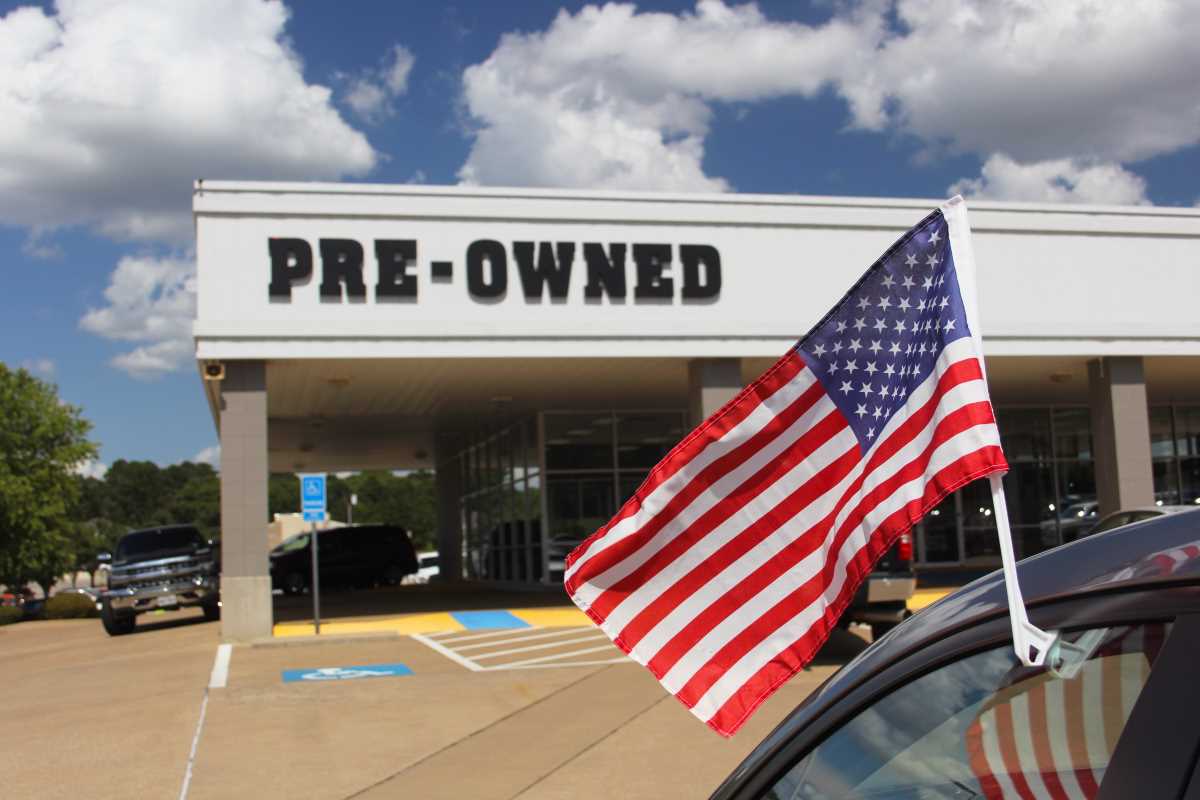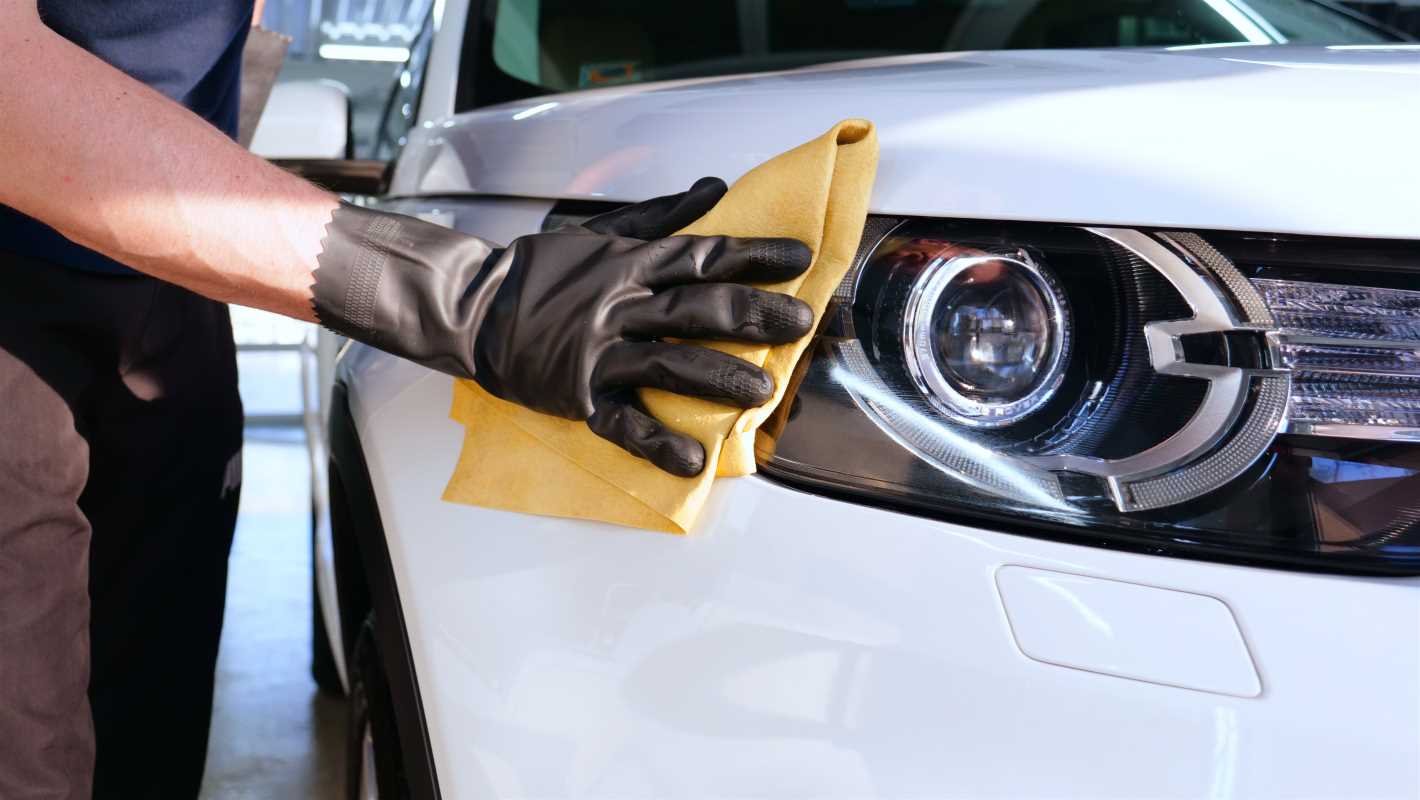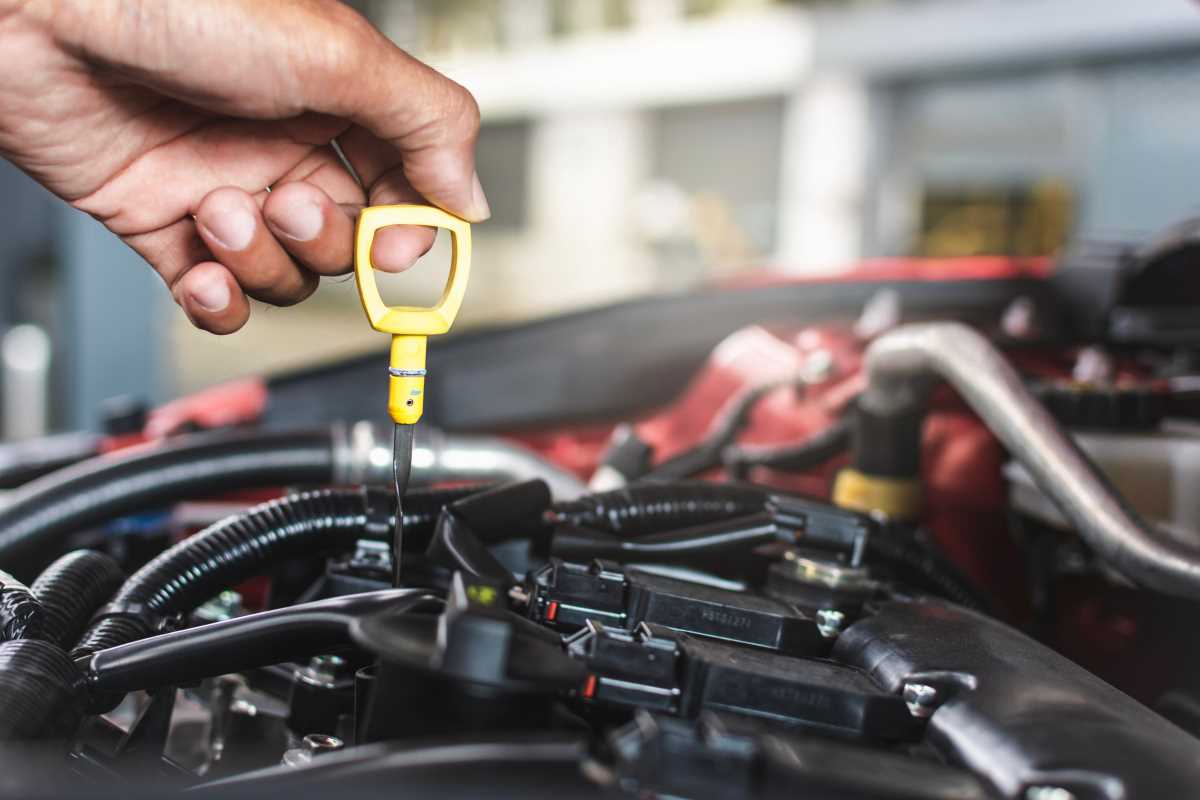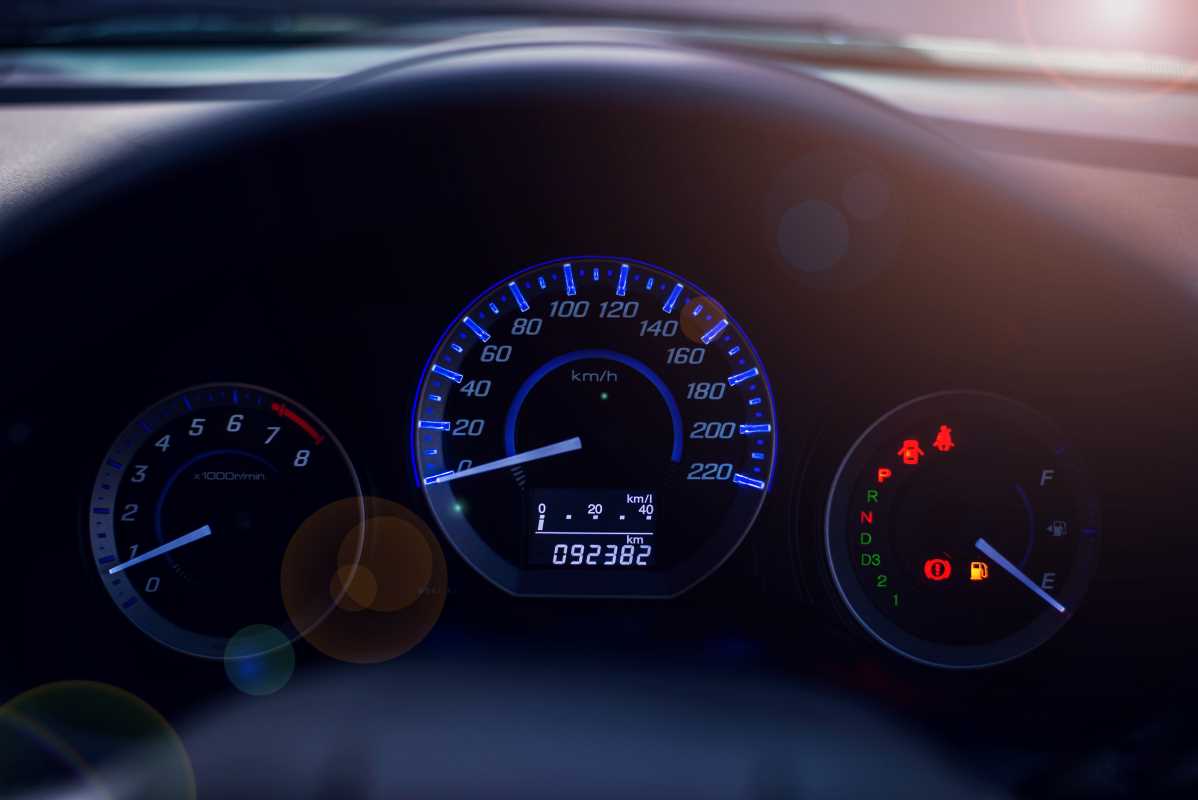Selling your car online has never been easier, but doing it right requires more than just snapping a few photos and posting an ad. With countless vehicles competing for buyers’ attention, a well-executed listing can make all the difference. Whether you want to get the best price, attract serious buyers, or sell your car quickly, taking the time to craft an appealing and thorough online ad is crucial. If you're ready to put your car on the digital market but don’t know where to start, this guide will walk you through every step of the process.
Choose the Right Platform for Your Car
The first step to listing your car online is deciding where to post it. Different online platforms cater to different audiences, so choosing the best one for your type of vehicle can save you time and effort. Popular options include Autotrader, Craigslist, Facebook Marketplace, and specialty platforms like Cars.com or Carvana.
If you’re selling a high-end or rare vehicle, it might be better to focus on platforms that cater to collectors or car enthusiasts. On the other hand, if your car is a practical commuter vehicle or an older model, a more general marketplace might be all you need.
Once you’ve picked the platform that fits your car and your goals, familiarize yourself with the website’s listing process. Some platforms charge fees for posting ads, while others allow free listings. Review their pricing options and any premium services that might help your ad stand out, like boosting its visibility or adding verified reports.
Gather All the Necessary Documents
Before you even start crafting your post, make sure you have all the essential paperwork ready. The last thing you want is for a potential buyer to ask for documentation you don’t have on hand.
The title of your car is the most important document, as it proves ownership. If you’ve lost or misplaced it, you’ll need to contact your local DMV to request a replacement. Make sure the title is in your name and doesn’t have any liens unless you’ve arranged to settle them before the sale.
You should also have a copy of the car’s maintenance records. Buyers feel more confident purchasing a vehicle that’s been regularly serviced, so dig out receipts or service logs that show oil changes, tire rotations, and other repairs. A recent vehicle history report from Carfax or AutoCheck is another great addition; it helps provide transparency and sets your car apart from the competition.
Set a Competitive and Realistic Price
Pricing your car can be a tricky balancing act. Go too high, and you risk scaring off buyers. Go too low, and you might leave money on the table. The key is to find a fair price based on what similar cars are selling for in your area.
Start by researching your car’s value using online tools like Kelley Blue Book or Edmunds. These resources account for important factors like the car’s make and model, year, mileage, condition, and location. While these tools give a good baseline, checking out comparable listings in your area can provide a more accurate picture of the going rate.
Remember to be realistic when setting your price. If your car has cosmetic flaws or mechanical issues, expect to adjust the price accordingly. On the flip side, highlight any valuable extras, like recent upgrades or included accessories, which might justify a slightly higher price.
Clean and Photograph Your Car
First impressions matter, and when you’re selling online, your photos do most of the talking. Clean your car thoroughly inside and out before picking up the camera. Wash and wax the exterior to make it shine, vacuum the interior, and clean tough spots like the dashboard, door panels, and cupholders.
When it’s time to take photos, choose a sunny day for natural lighting, but avoid harsh shadows. Park your car in a clean, uncluttered area, like an empty lot or driveway, and shoot from multiple angles. Include wide shots of the exterior, close-ups of key features like the wheels and grille, and photos of the interior, including the seats, dashboard, and cargo space.
If your car has unique features, such as heated seats, a backup camera, or a sunroof, make sure to capture those as well. The goal is to give potential buyers a complete sense of your car’s condition and details before they even contact you.
Write a Standout Description
Creating a polished, informative description is where you can truly set your listing apart from the rest. While you might be tempted to keep it short and sweet, a detailed description helps buyers understand what makes your car worth their attention.
Start with the basics, including the make, model, year, mileage, and general condition of the car. From there, focus on highlighting its best features, such as excellent fuel efficiency, advanced safety systems, or a low-maintenance history. Be sure to mention any upgrades or extras, like new tires, a recently replaced battery, or added tech features.
Honesty is a must. If the car has any flaws, such as small cosmetic blemishes or mechanical quirks, mention them upfront. Buyers appreciate transparency, and being upfront about imperfections helps build trust and avoids wasted time down the road.
Finally, include practical details like whether you’re offering the car “as-is” or if warranties or return policies apply. Make it clear how buyers can contact you and what forms of payment you’ll accept.
List Your Car and Respond to Buyers Promptly
Now that you’ve created a complete, well-priced listing with great photos and a detailed description, it’s time to publish it online. Make sure to double-check the information for accuracy and spelling errors before clicking the “post” button.
Once your ad is live, be prepared to respond quickly to inquiries. Buyers will likely have questions about the car, and responding promptly shows you’re serious about selling. If you delay too long, they might move on to another listing.
When buyers express interest in scheduling a meeting or test drive, prioritize safety. Choose a public place, such as a neutral parking lot, and bring along a friend if it makes you feel more comfortable.
Finalize the Sale and Handle the Paperwork
Once you’ve found an interested buyer and negotiated a price, it’s time to close the deal. Accept only secure forms of payment, like cash, cashier’s checks, or bank transfers, to avoid scams. Never hand over the keys or title until you’ve confirmed payment.
Complete the transfer of ownership by signing the title and filling out any other state-required documents, such as a bill of sale or release of liability. If you’re unsure about local regulations, check with your state’s DMV to ensure the transfer is handled properly.
Listing your car online might seem daunting at first, but following these steps makes it a seamless and rewarding process. From pricing to presenting your car in the best light, the effort you put in now will lead to more interest, faster responses, and a more satisfying sale.
